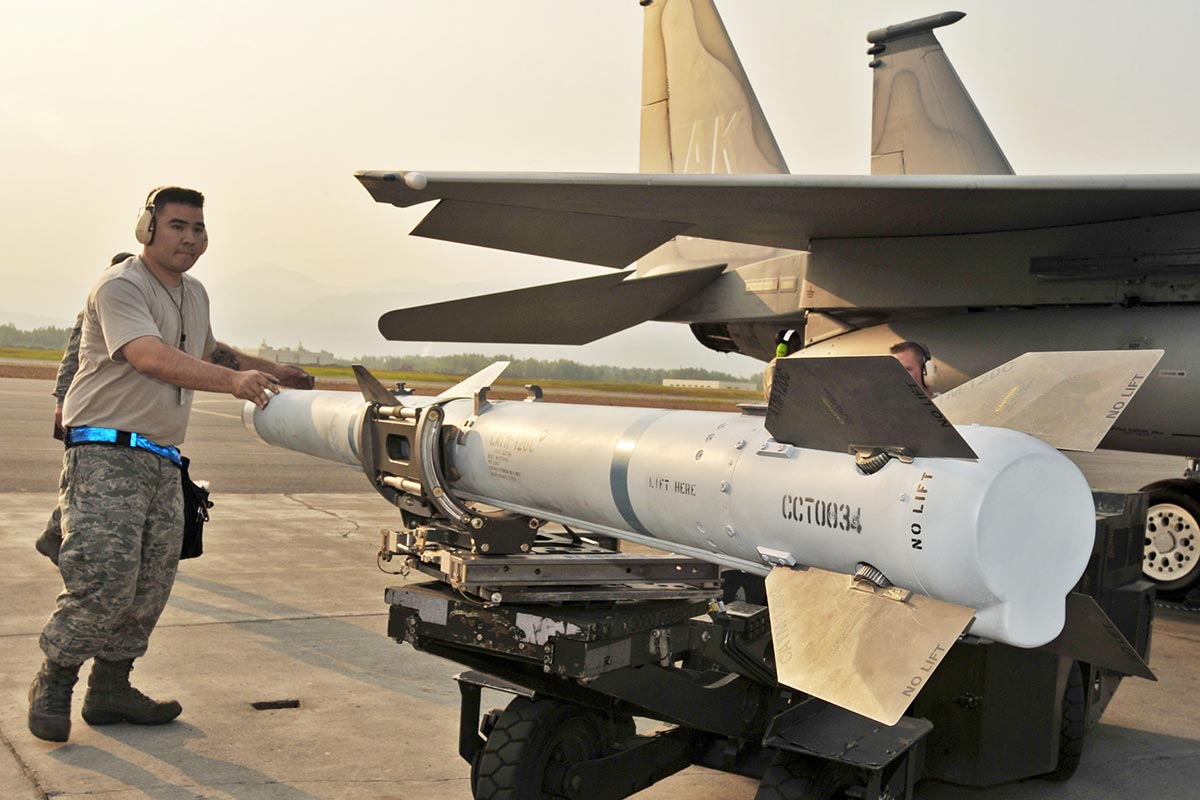

To take the greatest advantage of its maximum range it will use a mix of command guidance (via a datalink) plus its own inertial guidance before entering the active radar terminal guidance phase. Russia is also the source for the missile's inertial navigation system and datalink. Alternatively, technology from AGAT's 9B-1103M seeker family may be offered to China. This joint development effort (perhaps with the name 'Project 129') has reportedly seen the supply of AGAT's 9B-1348 active-radar seeker (developed for the Vympel R-77, AA-12 'Adder') to China for integration with the Chinese-developed missile. However the latest reports confirm that China has been co-operating closely with Russia's AGAT Research Institute, based in Moscow, and that AGAT is the source of the PL-12's essential active seeker. That motor is a variable-thrust solid rocket booster, that offers two levels of motive power for different sections of the flight envelope.ĬATIC is known to be developing X-band and Ku-band active radar seekers, which may be intended for the PL-12. Internally, the leading edge of the centrebody fins is in line with the start of the missile's rocket motor. Four larger triangular fins are fixed to the midsection of the missile. These fins are longer and more prominent than those of the AMRAAM and are cropped at an angle (rather than in line with the missile body). The PL-12 has four rear-mounted control fins that each have a very distinctive notch cut into their base. The two share a comparable aerodynamic configuration, although the PL-12 is a little longer, wider and heavier than the AMRAAM. The PL-12 is outwardly very similar to the US-designed AIM-120 AMRAAM. Some sources claim the resulting combination has a greater range than the Russian missile, and a fire-and-forget active guidance (from R-77) capability comparable to the modern U.S. The new PL-12 active guided air-launched anti-aircraft missile uses the radar and data link from Russia's very capable Vympel R-77, combined with a Chinese missile motor. SD-10A on display with the JF-17 light-weight fighter at the Farnborough International Airshow 2010. Earlier speculation around the AMR-1/LY-60 programme suggested that a ramjet engine was being developed for it, and such a powerplant would allow a missile to be effective at such long ranges. According to CATIC sources the missile has a range of 70 km. The existence of the PL-12 programme was acknowledged by Chinese officials for the first time in early 2002 (the first pictures of the new missile appeared from Chinese sources during 2001). The status of the PL-11 and 'LY-60/PL-12' development programmes is unclear, but sources within CATIC say these earlier programmes have all been abandoned in favor of the PL-12. This active radar missile, and the earlier semi-active radar homing PL-11, seemed to have a common design heritage with the Italian Aspide missile, supplied to China during the late 1980s. This seeker was, in turn, believed to have been applied to a new air- to-air missile design, derived from the LY-60 surface-to-air missile, and dubbed the 'PL-12'. During Air Show China 1996, held during November in Zhuhai, the China Leihua Electronic Technology Research Institute/No 607 Research Institute exhibited a newly developed active radar seeker, the AMR-1. Prior to the emergence of the PL-12, China's active radar seeker AAM development programme was sometimes identified as the 'AMR-1'. Development of PL-12 was once led by Dong Bingyin, former chief designer of PL-12 who died in 2000.


The chief designer of PL-12 is Fan Huitao (樊会涛) of AVIC I. The PL-12 is listed as part of CATIC's current 'Thunder-Lightning' family of air-to-air missiles, that includes the PL-5E, PL- 9C and TY-90 systems (all developed by the Luoyang Electro-Optical Technology Development Center). It will equip the mainstream of future modern Chinese fighters, and current compatible fighters. It provides the People's Liberation Army Air Force with a sophisticated, domestic airborne weapon on par with mainstream Western Airforces around the world. The PL-12 active-radar BVR air-to-air missile became the highest priority air-to-air weapons programme for China's military industry during 2002, and supplanted several previous developmental projects (such as the PL-10 and PL-11) in terms of effort and importance.


 0 kommentar(er)
0 kommentar(er)
